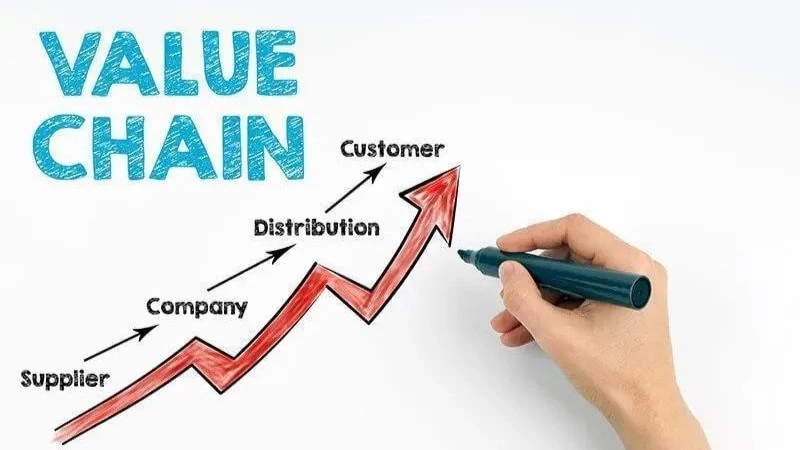GET IN TOUCH
- Please wait...

In competition economic environments, firms are scrambling to pinpoint areas that can be improved, consolidated or revamped. The free market is now more unforgiving than ever before with firms taking unprecedented risks to take lead in the markets they operate in. Against this backdrop, businesses have resorted to value creation and cost competitiveness to stay relevant and competitive. Hence, it makes much sense to shed light into a critical component of business analysis- value chain analysis.
Value chain analysis is the process of breaking down the entire business process and identifying those activities of the process which creates value. The areas are clustered into two primary groups. The idea here is to identify the areas so as to manage value creation and control costs more effectively. Value can be created by almost any business but the challenge is to make it continuous, differentiated,relevant and sustainable. The value chain analysis also offers a firm a closer look at its internal machine and offers an avenue towards a holistic internal analysis.
Another aim of the value chain analysis is to consolidate your cost advantage. Cost like value is king in the world of business. Lets see how a firm focusing on cost competitiveness carries out the value chain analysis
Inbound logistics include the processing of raw materials, how firms transport them from markets to its production systems. Operations refer to the activities that process the raw materials into final products. Activities include machining, packaging, assembling etc. Outbound activities refer to activities that take the products to the market such as warehousing, order fulfillment, transportation, quality testing and distribution. As for marketing& sales, these represent efforts that take place over multifarious mediums to log revenues. Services refer to dealer support and after sales services.
Firm infrastructure refers to firm’s assets both tangible and intangible. HR managements refers to the tasks of hiring, training, processing, processing, promotion of employees along with maintaining a sustainable culture. The wage and benefits issue also comes into play. Technology development refers to the immersion of IT in business processes and procurement refers to the purchase of input.
Our experts can help you solve your unique challenges
Stay up-to-date with our Thought Leadership and Insights